How can CISOs stay ahead when AI is rapidly changing the rules of cybersecurity?
Security operations are changing fast as AI and automation step in. Threats now move with speed and stealth; traditional defenses struggle to keep up. CISOs are no longer just protectors of infrastructure; they’re architects of AI-enabled resilience.
Thus, the question remains the same: how do you lead this shift without opening new vulnerabilities?
This shift is gaining momentum. Around 30% of cybersecurity professionals report using AI tools in their operations, and this number is expected to continue growing. Alongside this adoption, adversaries are weaponizing generative AI, creating new, sophisticated risks for security teams.
So what does this mean for the CISO in 2026?
Oversight, governance, and control must evolve. You cannot simply bolt AI onto your existing stack; a structured AI security framework is essential to manage risk, enforce AI guardrails, and ensure accountability.
In this blog, we will explore how CISOs can establish a secure, scalable, and agile AI-powered security operations framework that encompasses model risk management, AI guardrails, threat detection, governance, and controls.
Let’s get started and see how this can be accomplished!
Table of Contents
What is the Evolving Role of the CISO in AI-Powered Security Operations?
The cybersecurity landscape is changing rapidly as AI and automation become central to security operations. Threats now move with unprecedented speed and sophistication, leaving traditional defenses struggling to keep pace.
In this environment, the role of the CISO is evolving. No longer are CISOs solely responsible for protecting infrastructure; they are now strategic leaders of AI-powered security operations, guiding the adoption of intelligent tools while ensuring the organization remains resilient and secure.
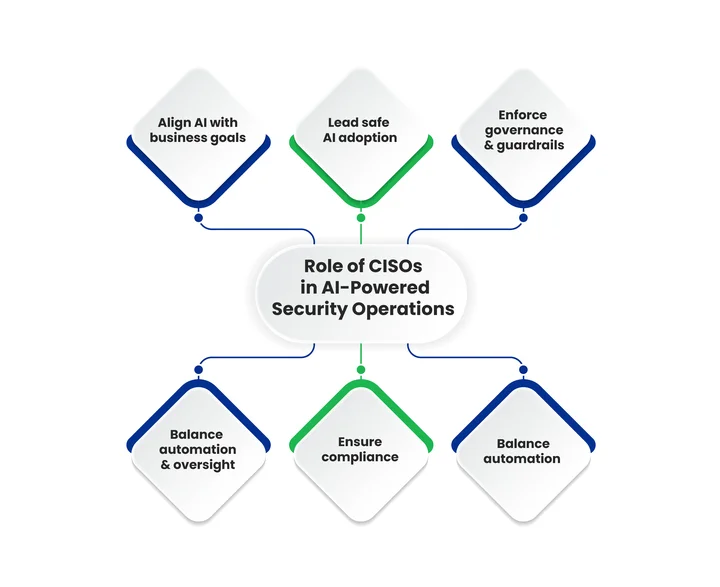
To do this effectively, CISOs must manage several key responsibilities:
- Align AI initiatives with business objectives.
- Decide where automation can improve efficiency and strengthen security posture.
- Lead cross-functional teams to implement AI-driven operations safely.
- Identify and mitigate model errors, bias, and adversarial threats.
- Implement governance policies and guardrails to manage AI risk.
- Ensure compliance with industry standards and AI governance in cybersecurity.
- Integrate AI tools to enable SOC automation.
- Balance automation with human oversight.
- Continuously monitor AI systems for performance and reliability.
Notably, these evolving responsibilities are essential because AI introduces new vulnerabilities, and adversaries are increasingly leveraging generative AI to bypass defenses.
However, CISOs can lead the way in building a practical, agentic, AI-powered security framework, which will be discussed in the following sections.
Struggling to keep up with AI-driven threats in your security operations? Our team helps you implement AI safely, reducing risks while maintaining complete oversight and control.
How Can CISOs Build an AI-Powered Security Framework?
Building an AI-powered security framework is now essential for managing the speed, scale, and complexity of modern cyber threats. With AI adoption gaining momentum and top-funded cybersecurity startups directing the development of new tools and platforms, CISOs have access to a rapidly expanding ecosystem of solutions.
The challenge is integrating these technologies securely while ensuring that AI systems operate safely, decisions remain accountable, and organizational risks are effectively managed.
To put this into practice, CISOs can follow a structured approach that covers governance, AI guardrails, model risk management, SOC automation, and security controls.
Key steps that CISOs should follow:
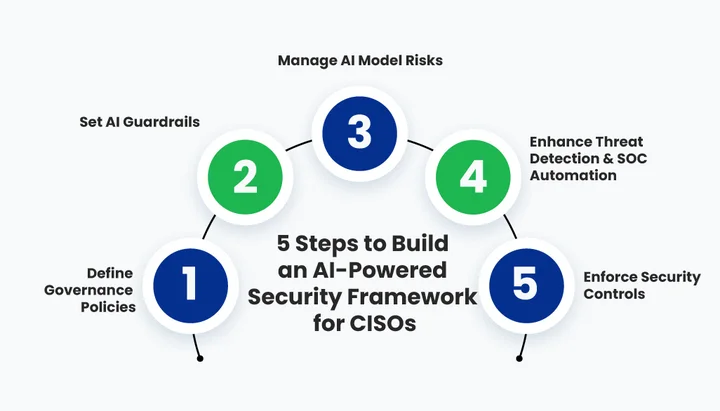
Step 1: Implement Governance Policies
Governance is the foundation of any AI-powered security framework. Without clear rules and defined responsibilities, even the most advanced AI tools can introduce risks or operate inconsistently.
For CISOs, establishing governance policies ensures that AI systems are used safely, decisions are accountable, and the organization stays aligned with its security objectives.
Key Roles and Responsibilities for AI Governance:
- AI Decision Approval: Identify who can approve AI-driven actions in the SOC.
- Monitoring and Oversight: Assign personnel to monitor AI outputs for accuracy and safety continuously.
- Intervention Authority: Designate who can step in when AI behaves unexpectedly or a critical decision needs to be made.
- Policy Alignment: Ensure all actions are aligned with organizational goals and compliance requirements.
This clear structure ensures accountability and sets the foundation for AI guardrails and risk management in the following steps.
Step 2: Establish AI Guardrails
Next, AI guardrails are essential to ensure that autonomous systems operate safely and within defined boundaries. Without guardrails, even well-designed AI can create operational risk, compliance issues, or unintended consequences. For CISOs, setting guardrails protects the organization while allowing AI to work efficiently.
The Actions to Establish AI Guardrails:
- Define Operational Limits: Set clear boundaries for what AI systems can and cannot do in security operations.
- Monitor AI Behavior: Continuously track AI outputs for anomalies, unusual patterns, or errors.
- Automated Fail-Safes: Implement rules that automatically halt or flag actions if AI behavior falls outside acceptable parameters.
- Regular Review and Updates: Guardrails should evolve as AI capabilities grow and as new threats emerge.
Thus, CISOs can allow AI to perform its tasks autonomously while minimizing risk with the help of strong guardrails. This step naturally sets the stage for integrating model risk management, ensuring that both technology and processes are aligned to maintain safe and effective security operations.
Step 3: Integrate Model Risk Management
Even the most advanced AI models can produce errors, exhibit bias, or be vulnerable to adversarial attacks. For CISOs, integrating model risk management ensures that AI-driven security operations remain accurate, reliable, and aligned with organizational objectives.
Important steps for managing model risk include:
- Identify Potential Risks: Assess AI models for errors, biases, and vulnerabilities before deployment.
- Embed Validation Checks: Incorporate continuous validation of AI outputs into SOC workflows to identify anomalies early.
- Establish Feedback Loops: Regularly retrain models using updated data to improve accuracy and resilience.
- Document and Monitor: Maintain clear records of model decisions, assumptions, and updates for accountability and compliance.
Key Point: Continuous validation and feedback loops are essential to prevent AI errors from impacting critical security operations.
By doing so, integrating model risk management ensures that AI systems operate predictably and safely, providing a foundation for advanced threat detection and automated responses in the security framework.
Step 4: Strengthen Threat Detection and SOC Automation
AI can significantly improve threat detection and response, reducing the burden on security teams while increasing accuracy. For CISOs, leveraging AI in the Security Operations Center (SOC) enables teams to identify threats more quickly, prioritize critical incidents, and focus human expertise where it matters most.
SOC Automation and Threat Detection Strengthening Key Actions:
- Employ AI for Threat Analysis: Utilize AI to analyze logs, network traffic, and alerts to identify potential threats quickly.
- Automate Repetitive Tasks: Automate routine SOC activities such as alert triage, correlation, and reporting to free up analyst time for high-priority tasks.
- Maintain Human Oversight: Ensure that critical decisions involve human review to prevent errors or unintended actions.
- Continuously Monitor Performance: Track the accuracy, reliability, and responsiveness of the AI system to ensure it adapts to emerging threats.
Combining AI-driven analysis with strategic automation enables CISOs to build a SOC that is faster, more intelligent, and more resilient, laying the foundation for safe, agentic AI-powered security operations.
Step 5: Apply Security Controls
Security controls ensure that AI systems operate safely, comply with regulations, and maintain accountability across all operations. For CISOs, implementing strong controls protects the organization from misuse, errors, and compliance violations while supporting efficient AI-driven workflows.
Essential Steps to Implement Security Controls:
- Access Management: Restrict AI system access to authorized personnel and define clear permission levels.
- Logging and Auditing: Maintain comprehensive logs of AI actions and decisions for transparency and accountability.
- Compliance Checks: Ensure AI operations meet industry standards, internal policies, and regulatory requirements.
- Continuous Review: Regularly assess and update controls as AI capabilities and organizational needs evolve.
Tools to Support Security Controls:
Platforms like Tenable, Qualys, or Rapid7 help enforce security controls for AI that include access management, auditing, and compliance checks for AI-driven security systems.
Applying robust security controls completes the framework, giving CISOs confidence that AI-powered security operations are safe, accountable, and fully aligned with organizational objectives.
To summarize all steps, CISOs can confidently lead AI-driven security operations, striking a balance between innovation, safety, and compliance. This framework forms the foundation for scalable, agentic, and resilient security operations in 2026.
What Are the Core Components of CISOs in Action?
To effectively lead AI-powered security operations, CISOs must focus on several core components that ensure risk is managed, operations are safe, and AI adoption is aligned with organizational goals. These components form the foundation of practical, agentic security operations.
Key components include:
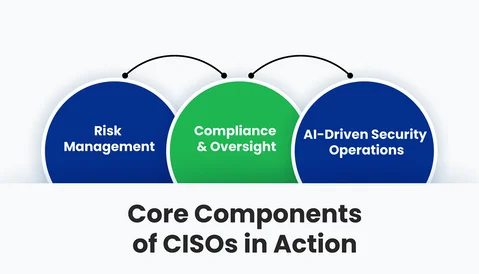
1. Risk Management
- Identify and prioritize potential threats from AI adoption, model errors, and adversarial attacks.
- Implement proactive measures to reduce vulnerabilities and ensure operational resilience.
2. Compliance and Oversight
- Establish policies, guardrails, and governance mechanisms to maintain accountability.
- Ensure all AI systems comply with industry standards, regulations, and organizational guidelines.
3. AI-Driven Security Operations
- Use AI to improve AI-based threat detection, automate SOC workflows, and monitor system performance.
- Automate routine tasks while maintaining human oversight for critical decisions.
- Continuously monitor AI performance, reliability, and safety to adapt to emerging threats.
By focusing on these core components, CISOs can lead AI-powered security operations with confidence, ensuring the organization remains both resilient and secure in the face of evolving cyber threats.
Frequently Asked Questions (FAQs)
2. Why Do CISCOs Need a Dedicated AI-Powered Security Framework?
AI introduces new risks, including model errors, bias, and adversarial attacks. A dedicated framework ensures that AI systems are deployed safely, decisions are accountable, and security operations remain resilient. It provides governance policies, guardrails, model risk management, and automated SOC workflows, reducing operational risk while improving efficiency.
3. How Can CISCOs Maintain Human Oversight When Using Autonomous AI in Security Operations?
Human oversight can be maintained through clear governance policies, regular monitoring of AI outputs, the establishment of intervention protocols, and the review of critical AI-driven actions. Automation handles repetitive tasks, but humans remain responsible for high-risk decisions, ensuring both speed and safety in threat response.
4. What Are The Main Risks Of Integrating AI into Security Operations, And How Can they Be Mitigated?
Integrating AI brings efficiency but also new challenges for CISOs.
- Risks include AI errors, bias, adversarial attacks, and unintended consequences.
- Mitigation: Set guardrails, validate and retrain models, log actions, and keep human oversight.
5. What are the Practical Steps CISOs Can Take Today to Prepare For AI-powered security in 2026?
Preparing now helps ensure the safe and effective adoption of AI.
- Establish governance policies and AI guardrails.
- Monitor and manage model risks.
- Automate SOC tasks safely with human oversight.
- Apply security controls and leverage agentic AI services.
Key Takeaways: Strategic Action Points for CISOs to Lead AI-Powered Security
AI is transforming the cybersecurity landscape, and CISOs must evolve to meet these new challenges. The key takeaway is that leadership, governance, and risk management are now central to the CISO’s role.
However, CISOs need to strategically guide AI adoption, ensuring that automation enhances security operations without introducing new vulnerabilities. Strong governance, clear roles, and well-defined guardrails are essential for maintaining control and compliance across AI-powered systems.
Additionally, organizations that use Agentic AI development services can automate security tasks intelligently while maintaining human oversight for critical decisions.
Ultimately, Practical action points include proactively managing model risk, continuously monitoring AI tools, and embedding automated processes while keeping human oversight for critical decisions.
By focusing on these priorities, CISOs can build secure, scalable, and agentic AI-powered operations that are resilient to emerging threats in 2026 and beyond.
Talk to our security experts to design an AI framework that reduces incident response time by up to 40%.



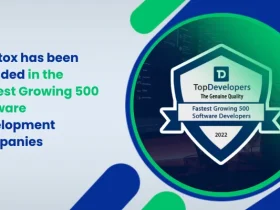
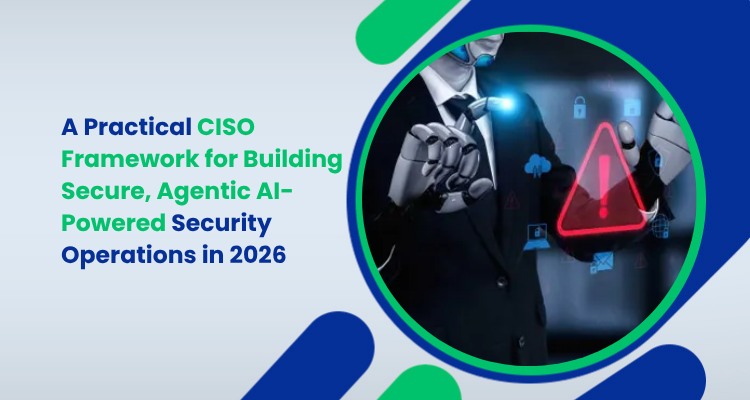
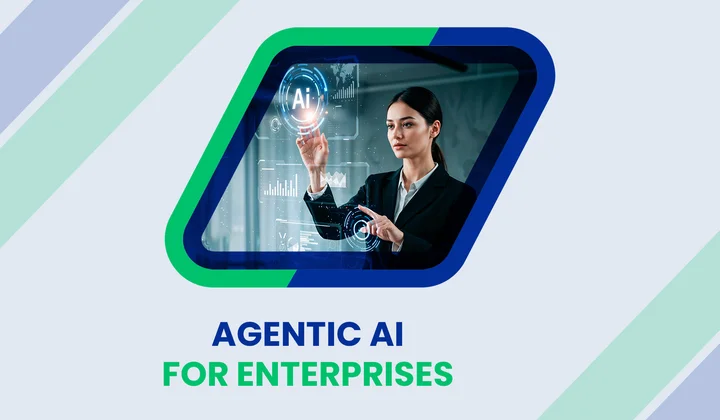
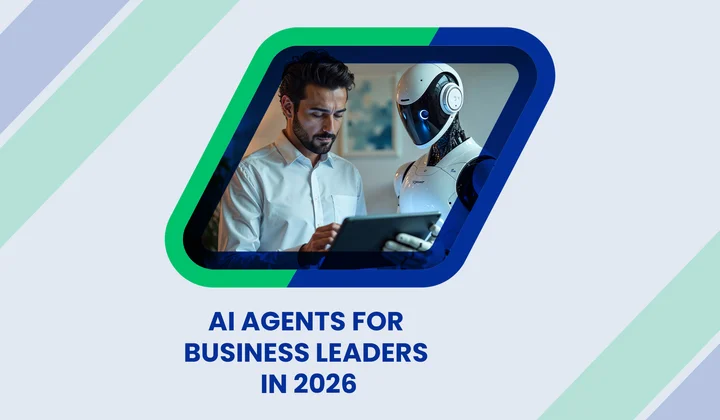
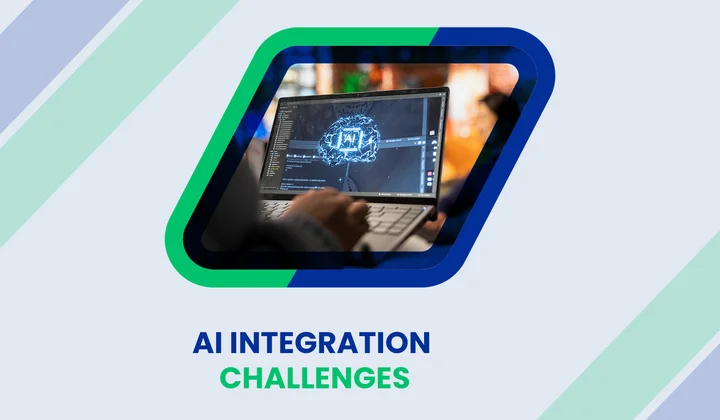
Share your thoughts about this blog!